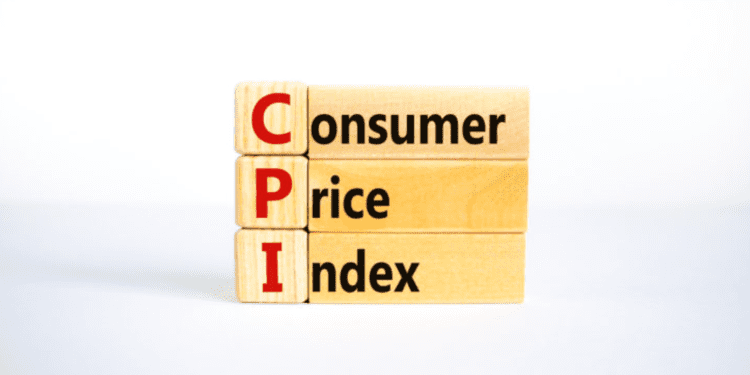The past few months have been characterized by the hike in the cost of living brought on by ongoing macroeconomic issues. To reduce inflation, the Fed has resorted to aggressively hiking interest rates, which did not seem to favor markets.
However, the outlook on things seems to have changed by late. In October, the consumer price index rose less than expected, indicating that, while inflation threatens the U.S. economy, pressures may be beginning to ease.
The Bureau of Labor Statistics announced this on Thursday in a news release, with numbers showing that inflation for October dropped to 7.7%, lower than the 7.9% prediction by economists.
Excluding volatile food and energy costs, the so-called core CPI increased 0.3% for the month and 6annually, compared with respective estimates of 0.5% and 6.5%.
CPI Inflation Report Throughout the Year
As of January, the CPI had surged more than the previous twelve months, reaching a staggering 7.5%, foreshadowing a worsening inflation forecast and increasing the possibility of significant interest rate hikes throughout the year.
It rose past the Dow Jones estimate for the closely watched inflation gauge of 7.2%.
Statistics taken from the CNBC report at that time are as follows;
“Core inflation rose at its fastest level since August 1982.
The monthly CPI rate was higher than expected, with the headline and core CPI rising 0.6%, compared with the estimates for a 0.4% increase by both measures.
Stock market futures declined following the report, with rate-sensitive tech stocks hit especially hard. Government bond yields rose sharply, with the benchmark 10-year Treasury note touching 2%, its highest since August 2019.
On a percentage basis, fuel oil rose the most in January, surging 9.5% as part of a 46.5% year-over-year increase. Overall, energy costs were up 0.9% for the month and 27% for the year.
Vehicle costs, one of the most significant inflation contributors since they began surging higher in the spring of 2021, were flat for new models and up 1.5% for used cars and trucks in January.”
The Senior U.S. economist at Capital Economics, Andrew Hunter, noted that the rapid cyclical inflation acceleration would not go away soon at that time.
His prediction came true, as the Consumer Price Inflation in July peaked at 9.1%.
According to the Bureau of Labor Statistics, in July;
“Food prices increased 10.4 percent for the 12 months ending June 2022, the most significant increase since February 1981.
Prices for food at home rose 12.2 percent over the last 12 months, the most significant increase since April 1979. Food prices away from home rose 7.7 percent, the most considerable 12-month change since November 1981.
Energy prices rose 41.6 percent over the last year, the most significant 12-month increase since April 1980.
Gasoline prices increased 59.9 percent, the most significant 12-month increase since March 1980. Electricity prices rose 13.7 percent, the most significant 12-month increase since April 2006. Natural gas (piped utility gas) prices increased 38.4 percent over the 12 months ended June 2022, the most significant expansion since October 2005.”
Consumer Price Index Summary For October
Food
The food index increased by 0.6 percent in October, following a 0.8-percent increase in September. The
food at home index rose 0.4 percent in October, the smallest monthly increase in this index since
December 2021.
Energy
The energy index increased by 1.8 percent in October after falling in the preceding three months. The gasoline index rose 4.0 percent over the month following three consecutive declines.
All items have less food and energy
The index for all items less food and energy rose 0.3 percent in October, following a 0.6-percent
increase in September.
The shelter index continued to increase, rising 0.8 percent in October, the most significant monthly increase in that index since August 1990.
The Breath of Relief Might Be Short-Lived
The monthly and annual rates of increase in the Consumer Price Index both came in lower than expected, with the 7.7% yearly rise in the CPI the weakest since January. But if this constitutes improvement, we’ve set a shallow bar,” said Greg McBride, chief financial analyst at Bankrate.
Many economists are still pessimistic, with their predictions pointing to a recession in the coming months due to the aggressive pattern with which interest rates rose this year.














